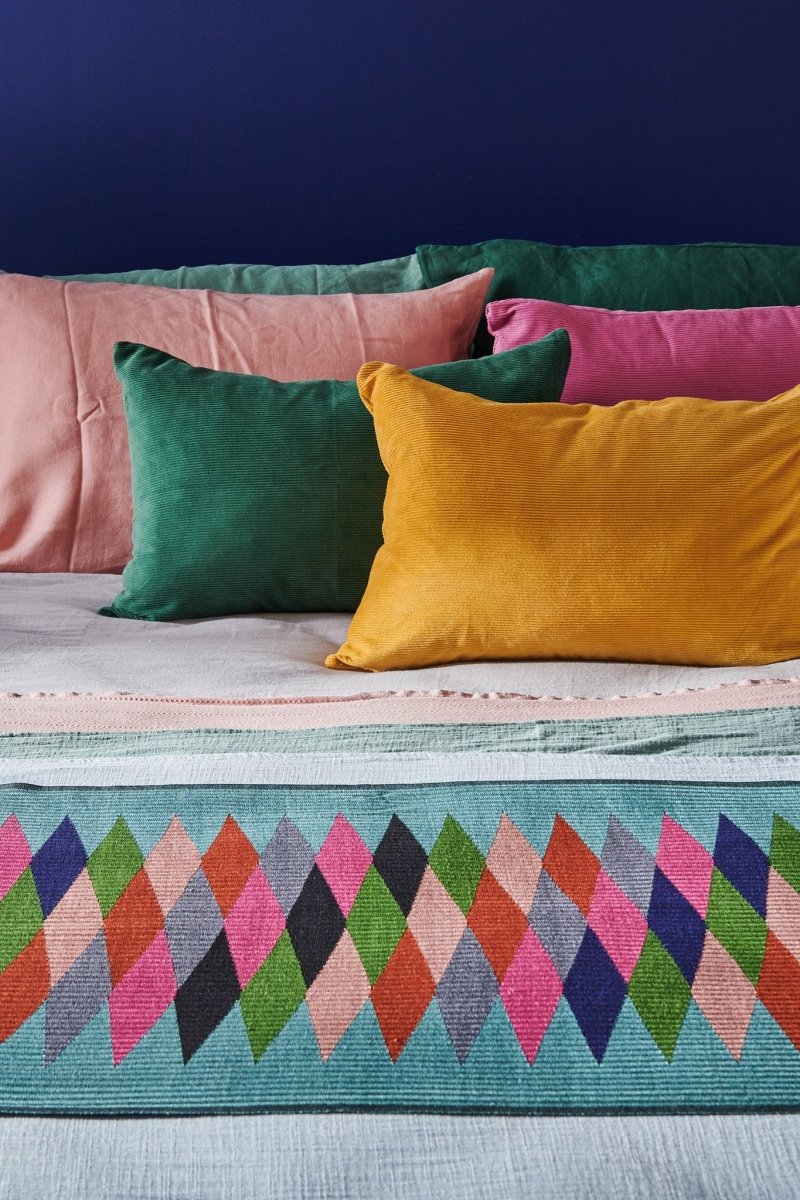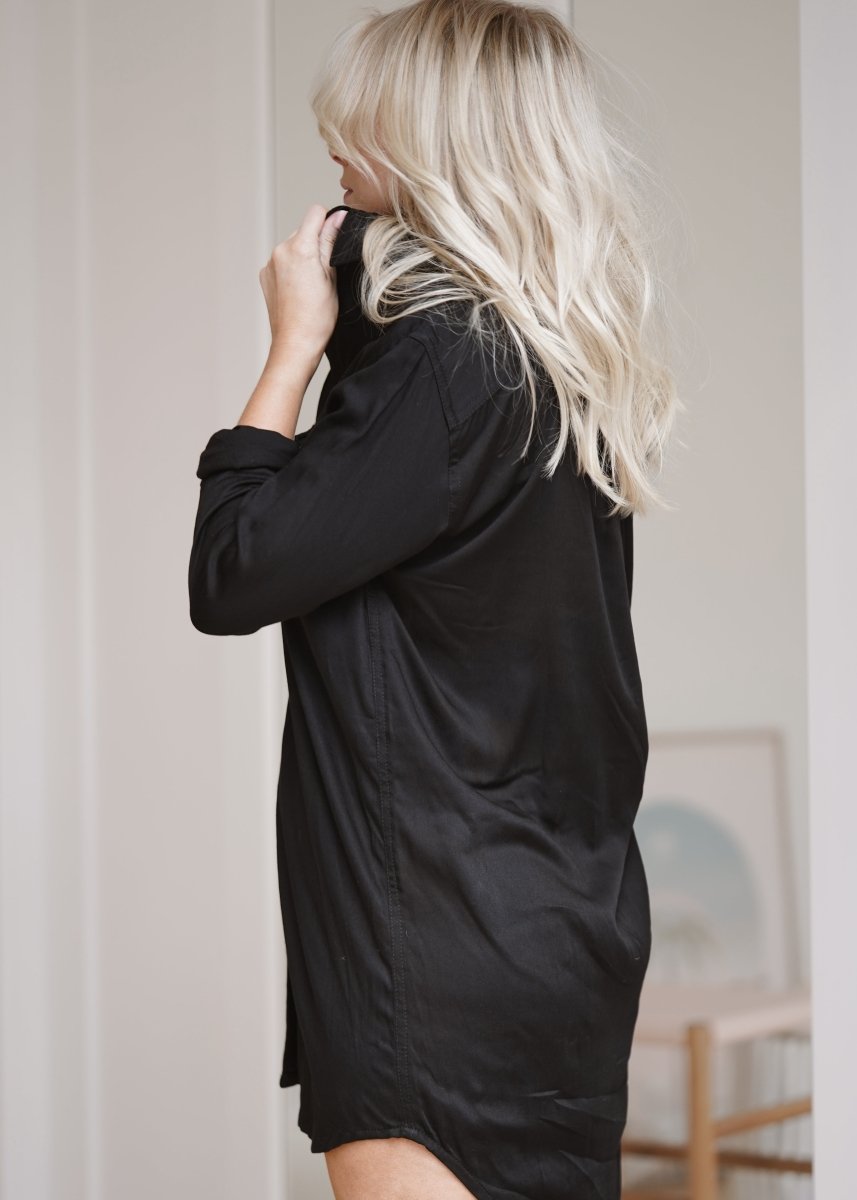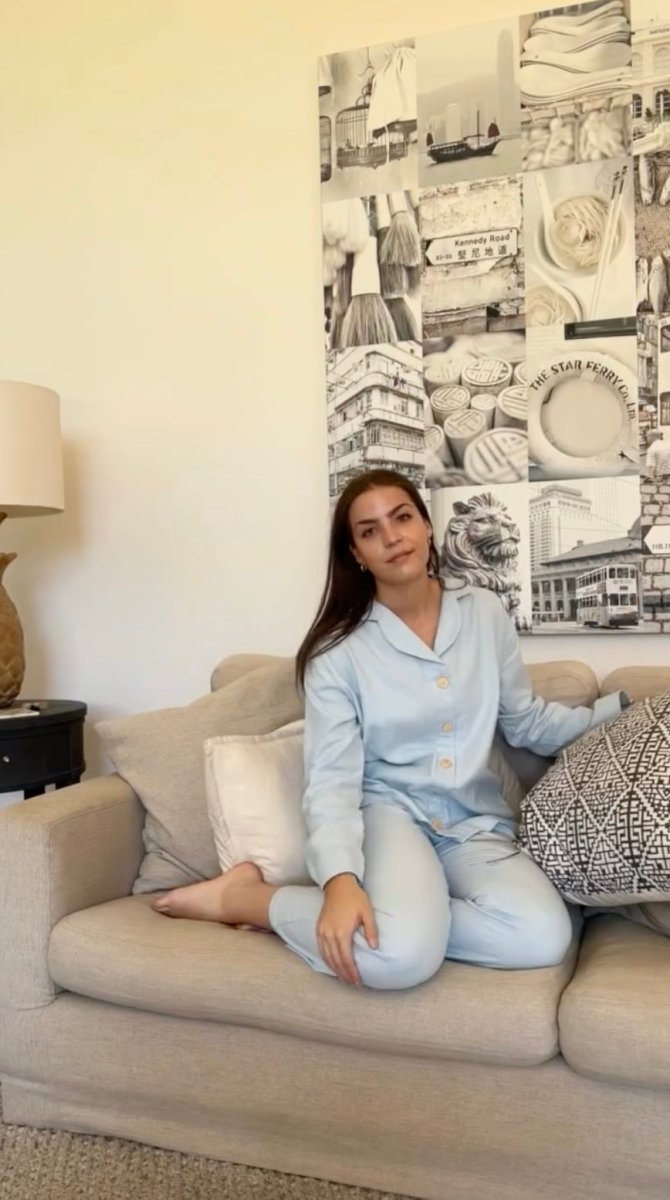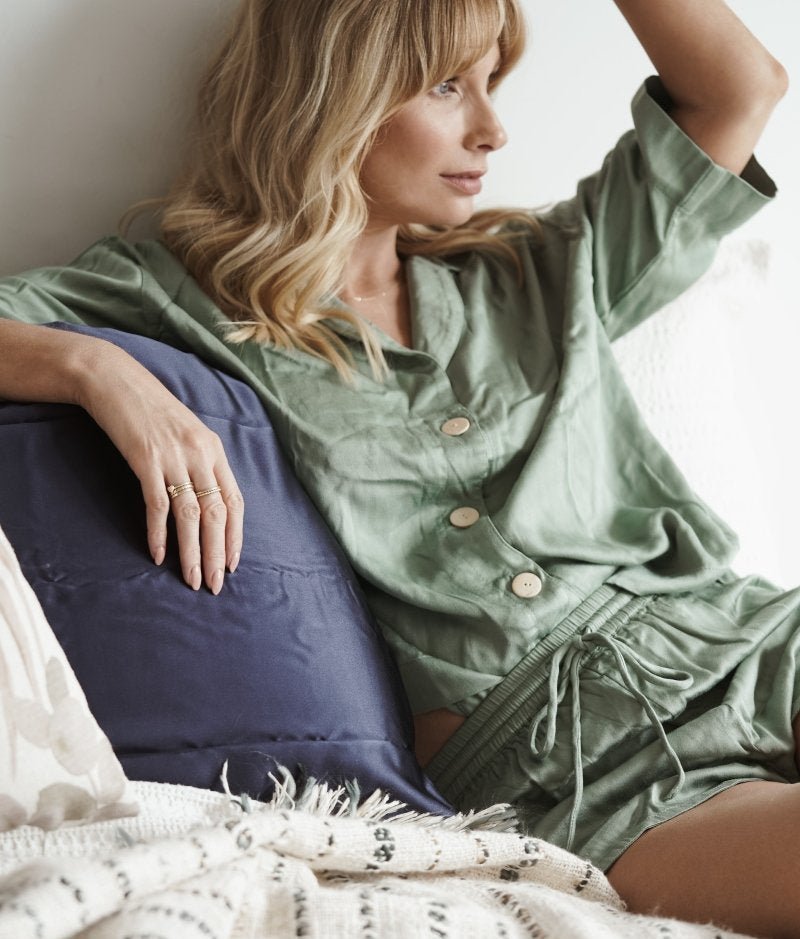Corduroy: The Cozy, Classic Fabric You Need in Your Home
Classic corduroy, or cord, fabric has been a part of fashion and homewares for centuries, and its distinctive texture and feel make it a perennial favourite. But how's corduroy made? If you're curious about the history and production process of this versatile fabric, read on!
First things first: what is corduroy? Basically, it's a type of fabric that's woven with a twisted, plush pile running vertically (or "wale" in technical terms). This pile is usually made of cotton or another durable material, while the base fabric can be anything from wool to synthetic blends. The result is a densely-woven fabric that's heavy enough for colder weather, but still breathes and moves with you.
As for the history of corduroy, it goes back centuries - in fact, there are references to "corded velvets" in medieval England! However, the version we know today didn't become popular until the late 19th century. This was partly due to technological advances that allowed for more efficient and precise weaving, but also because of the influence of the outdoors and workwear movements. Corduroy was durable enough for these rugged activities, but also had a certain warmth and style that made it attractive to fashion-conscious consumers.
So, how is corduroy made today? The process starts with the base fabric - this can be a plain weave, twill, or any other structure. Then, a machine called a dobby loom is used to create the pile. This involves small hooks or wires that raise and lower certain groups of yarns in the base fabric, creating the wale pattern. The more wales per inch, the finer and more supple the corduroy will be.
Once the pile is complete, the fabric is washed and sheared to remove any loose fibres and create an even surface. From there, it can be dyed, printed, or finished in a variety of ways. Some modern corduroy blends incorporate synthetic fibres like polyester for added stretch or durability, but the majority are still made from all-natural materials, which are best for the environment.
As for how to use corduroy, the options are endless! It's a classic look that can be worn in a multitude of outfits, used to incorporate texture in your home or take advantage of it's strength and use it as a tote or bag to carry your things around.
Now that you know the history and production process of corduroy, you can appreciate this classic fabric even more - just try to stick with the all natural fibre versions like we use here at Jade and May to keep your footprint as light as possible.




